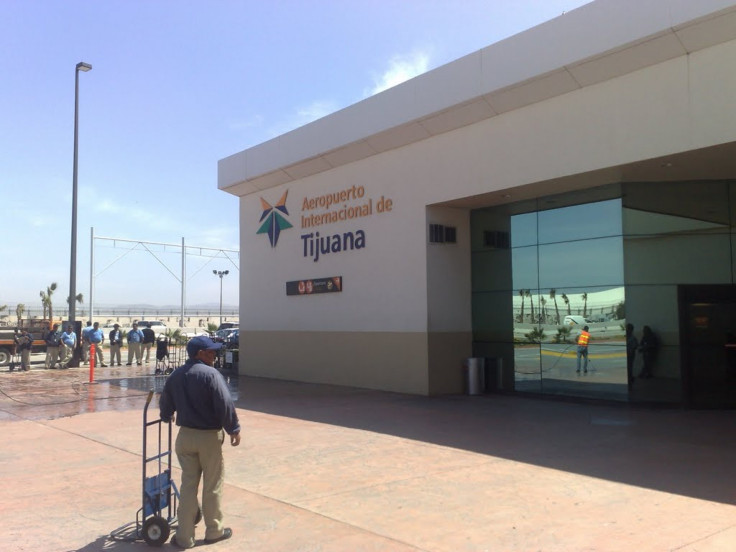San Diego And Tijuana Envision Project To Join Airports, Funded By, Among Others, Tycoon Sam Zell

After struggling for decades to solve the problem of overcrowding at its airport, San Diego has found an answer: Team up with the city just south of the border, Tijuana. The Mexican city has started to build a 155-meter (500 feet) overpass that will join its airport with San Diego’s as the final element in an ambitious binational project 15 years in the making.
“Travelers from the U.S. will be able to check in in San Diego, pass border control, and then board in Tijuana,” Cindy Gompper-Graves, executive director for South County Economic Development Council -- one of the entities behind the project -- told Spanish newspaper El País.
In addition to the overpass, which will join Tijuana’s General Abelardo L. Rodríguez International Airport and San Diego International Airport, the construction plans include an area on the San Diego side with restaurants, shops and border control. There will be a fee for crossing the overpass, between $15 and $17.
This project, financed almost entirely by private entities, began 15 years ago. It is being carried out by Otay Tijuana Venture group on the U.S. side, which has among its investors tycoon Sam Zell, owner of the Los Angeles Times and the Chicago Tribune. And on the Mexican side, the Grupo Aeroportuario del Pacífico (Pacific Airport Group, or GAP), which currently operates the Tijuana airport, is handling the construction. Both federal governments backed the project, which in its first stage will cost around $50 million, plus $34.5 million to buy land in the U.S. Around $15 million will be invested by GAP, according to a statement from the company.
Tijuana’s airport receives 4 million passengers every year, half of whom originate or are headed to the U.S. Many American travelers use the Tijuana airport to fly to and from Asia, since it has more connections at cheaper fares. The overpass will facilitate transportation, as the only current road between both cities is congested every day. The San Diego Association of Governments estimated that traffic jams between the U.S. and Mexico translate to a loss of $7 billion a year.
For Tijuana, the overpass means an increase in passengers and the possibility of more routes. “TIJ is the second domestic airport in Mexico, after Mexico City, and this project will make it more attractive to international airlines, particularly Asian,” said Miguel Aliaga, one of the directors of GAP. “Tijuana will be the best-connected airport in Mexico."
Aliaga added that the group was also contemplating expanding its current terminal and building a new one, “in preparation of the extra million passengers a year that the overpass will bring.”
The binational airport is the ultimate example of how the Tijuana-San Diego partnership could become a transnational economic engine. Once the project is finished in late 2014, TIJ will be the first multinational airport on the American continent, and the third in the world, after the two shared by France and Switzerland and Basel-Mulhouse and Geneva.
© Copyright IBTimes 2024. All rights reserved.





















